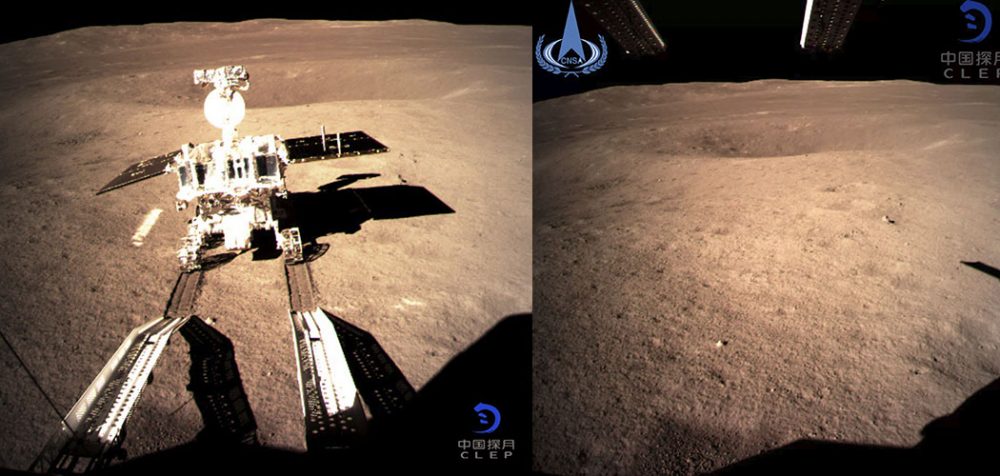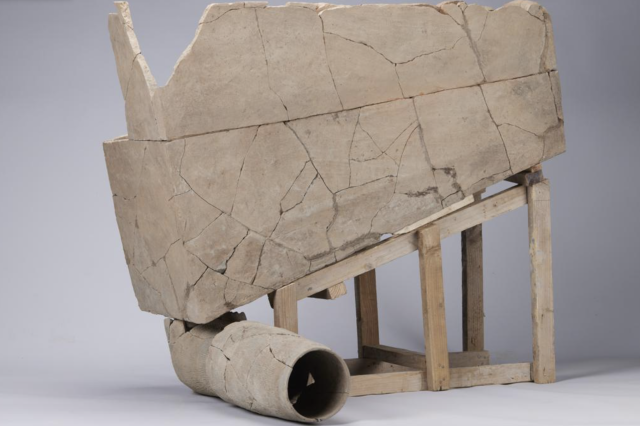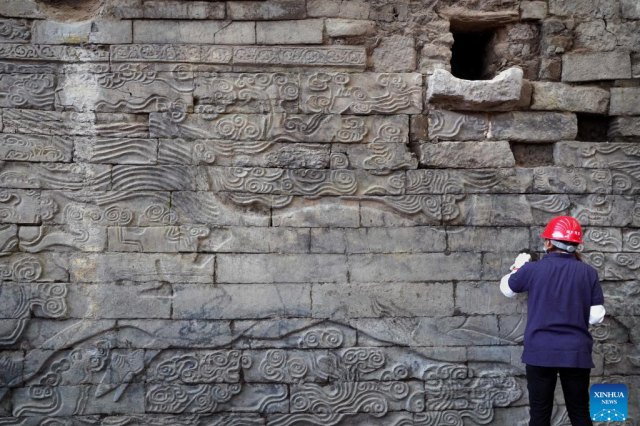"One Giant Leap."
In a historic first, China’s Chang’e 4 mission has successfully landed on the far side of the moon and deployed its lunar rover, Yutu-2, making it the first spacecraft to ever accomplish this feat.
Touchdown and Exploration
Chang’e 4 touched down on the lunar surface at 10:26 am local time (2:26 am GMT), according to state media. The spacecraft soon transmitted the first-ever image of the unexplored region of the moon. The Chang’e 4 lander then released its rover, Yutu-2, which has been tasked with exploring an area of the moon that has never been visited by a manned rover before.
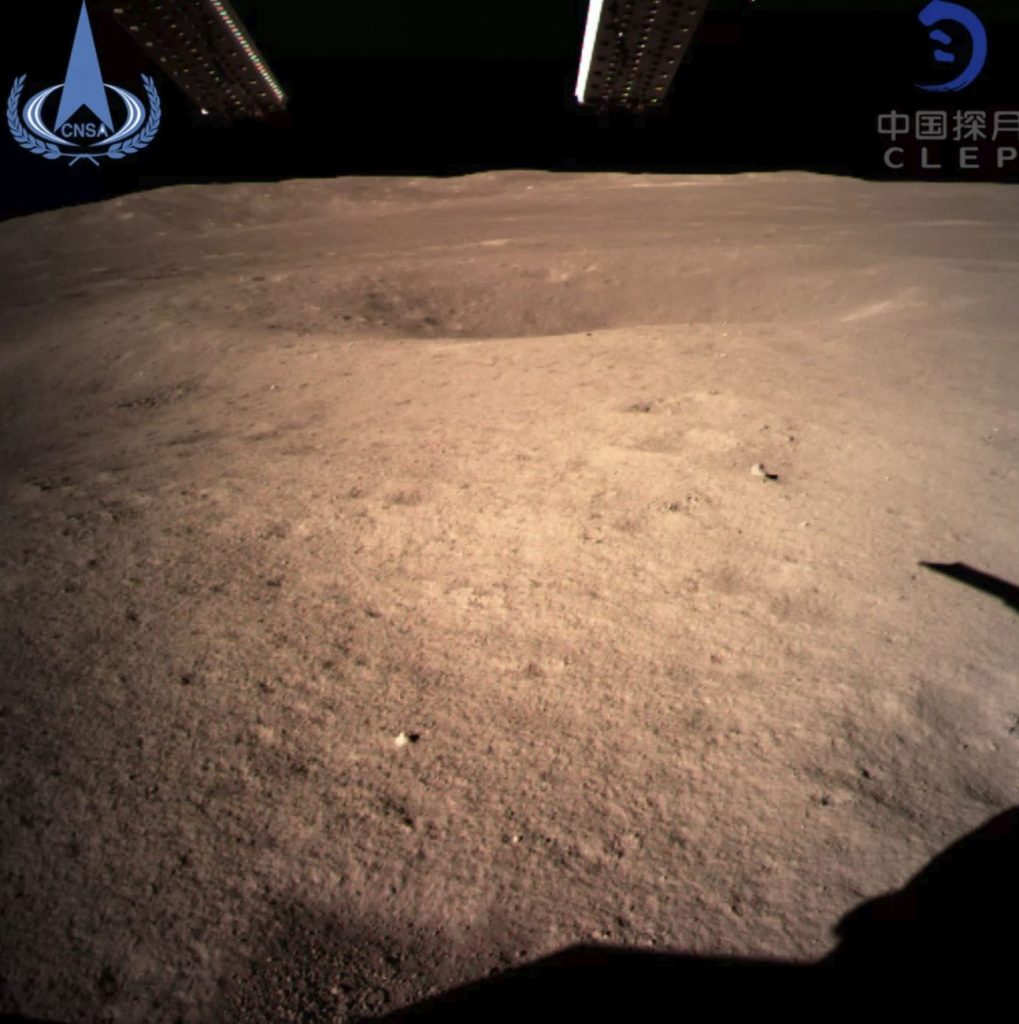
Investigating the Von Karman Crater and Aitken Basin
A primary objective of the Chang’e 4 mission is to explore the Von Karman crater, located within the Aitken basin, the largest impact crater in our solar system. The Aitken Basin is approximately eight miles deep and spans around 1,600 miles in diameter. The Chinese mission will perform mineral and radiation tests, offering an unprecedented opportunity for scientists to examine the minerals found on the far side of the moon.
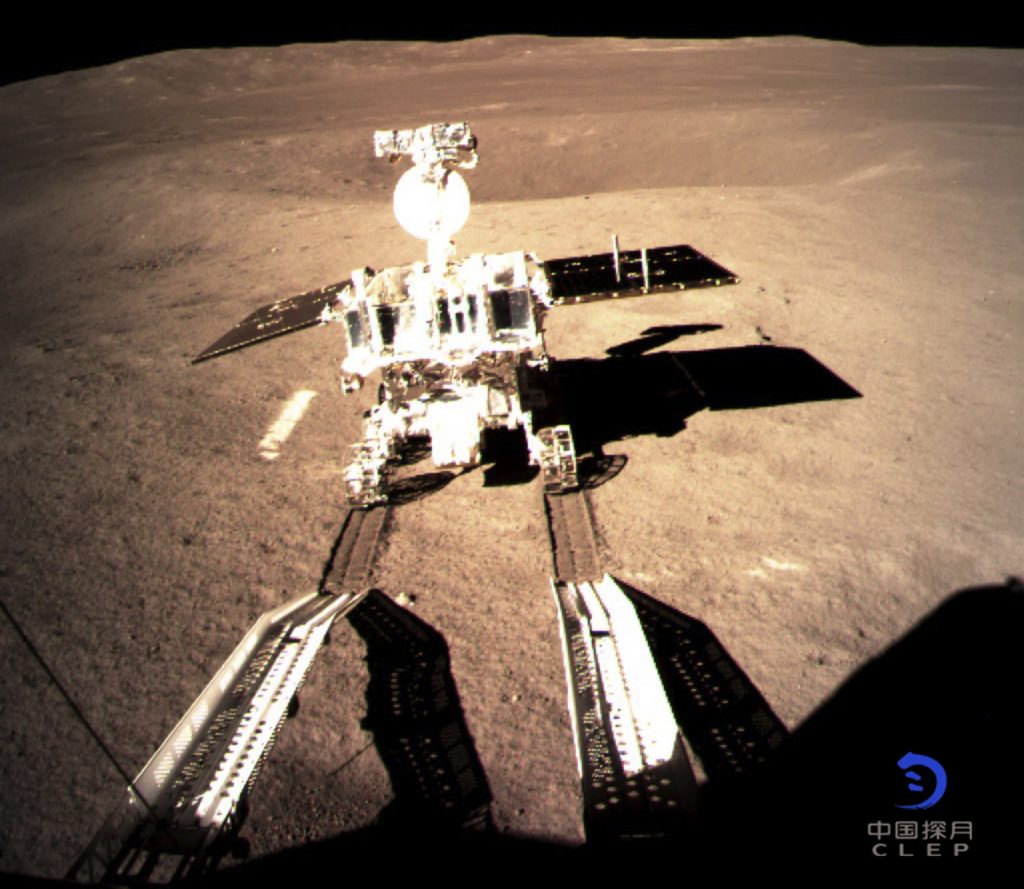
Unlocking the Moon’s Secrets
The mission aims to use soil tests and temperature measurements to reveal new details about the moon and the cataclysmic collision that led to its creation. It will also attempt to uncover the origins of the water found in lunar soil.
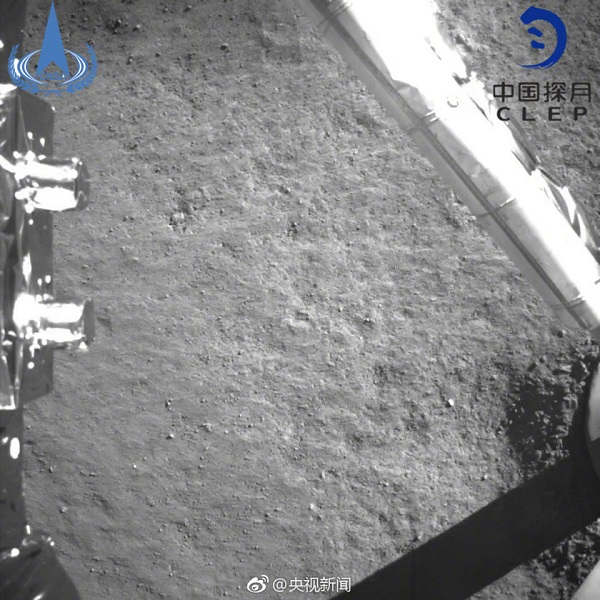
Greenhouse Experiment on the Lunar Surface
The Chang’e 4 lander carries a miniature greenhouse experiment that will test how plants, specifically potatoes and flowering Arabidopsis plants (related to cabbage), grow on the moon. The lander also holds silkworm eggs. This experiment could help accumulate knowledge for building a lunar base and sustaining long-term residence on the moon.
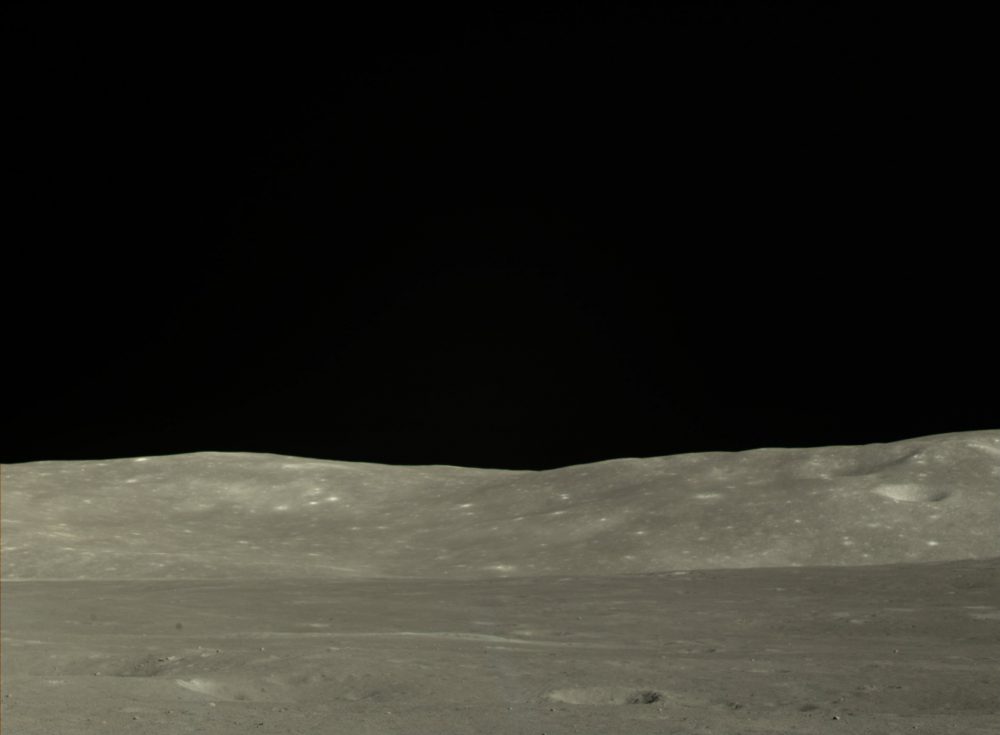
Significance of the Far Side of the Moon
Since the moon is tidally locked to Earth, we only see one side of the moon from our planet, with the far side remaining unobservable. Although previous lunar missions have “seen” the far side of the moon, none have attempted to land there until China’s Chang’e 4 probe, which launched on December 7, 2018, using a Long March-3B rocket.
PLEASE READ: Have something to add? Visit Curiosmos on Facebook. Join the discussion in our mobile Telegram group. Also, follow us on Google News. Interesting in history, mysteries, and more? Visit Ancient Library’s Telegram group and become part of an exclusive group.

